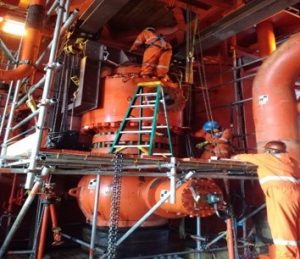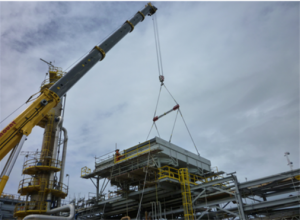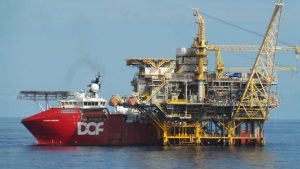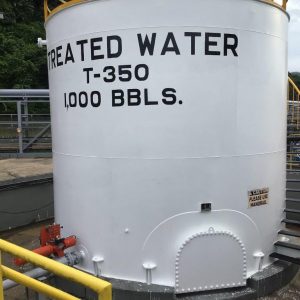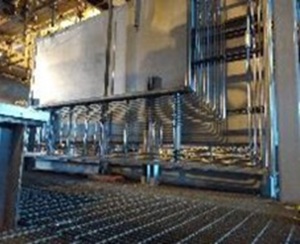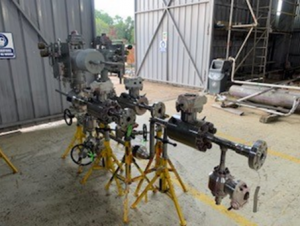Decarbonisation / Energy Transition
The balance of technical, commercial and practical drivers
Delivering a net-zero world will require exponential levels of reduction in global carbon emissions.
Decarbonisation is a complex process, but the journey starts with getting a baseline understanding of carbon performance and then developing a detailed roadmap that outlines the best solutions based on a balance of technical, commercial and practical drivers.
What is your decarbonisation SCORE?
Operators and developers need to map their journey to decarbonised assets.
You need to fully understand policy landscape and the carbon baseline, before defining objectives and targets for decarbonisation through benchmarking, assessing market impacts and taking consideration of policy and corporate strategy. Then review and map assets to enable development of decarbonisation pathway scenarios.
As part of a wider delivery model, a SCORE screening process can be applied to single or multiple assets, to a client’s full asset portfolio or across a specific geography or region using an evaluation assessment of opportunities to:
- Substitute – substitution of fuel or feedstocks consumed for renewable or less intensive sources. For example, switching electricity provision to a renewable source or considering use of renewable and bio feedstocks.
- Capture – employing carbon capture technologies, or emissions control technologies, to substantially reduce or eliminate harmful emissions to the atmosphere.
- Offset – considering assets or product portfolios across a country or company-wide scale to achieve decarbonisation/clean air goals.
- Reduce – looking at holistic asset optimisation considering areas around energy efficiency, digitalisation and operations and maintenance best practise.
- Evaluate – whatever your decarbonisation journey, it’s important to apply a structured evaluation process to be able to map out your decarbonisation journey to meet goals and lead to a successful outcome.

